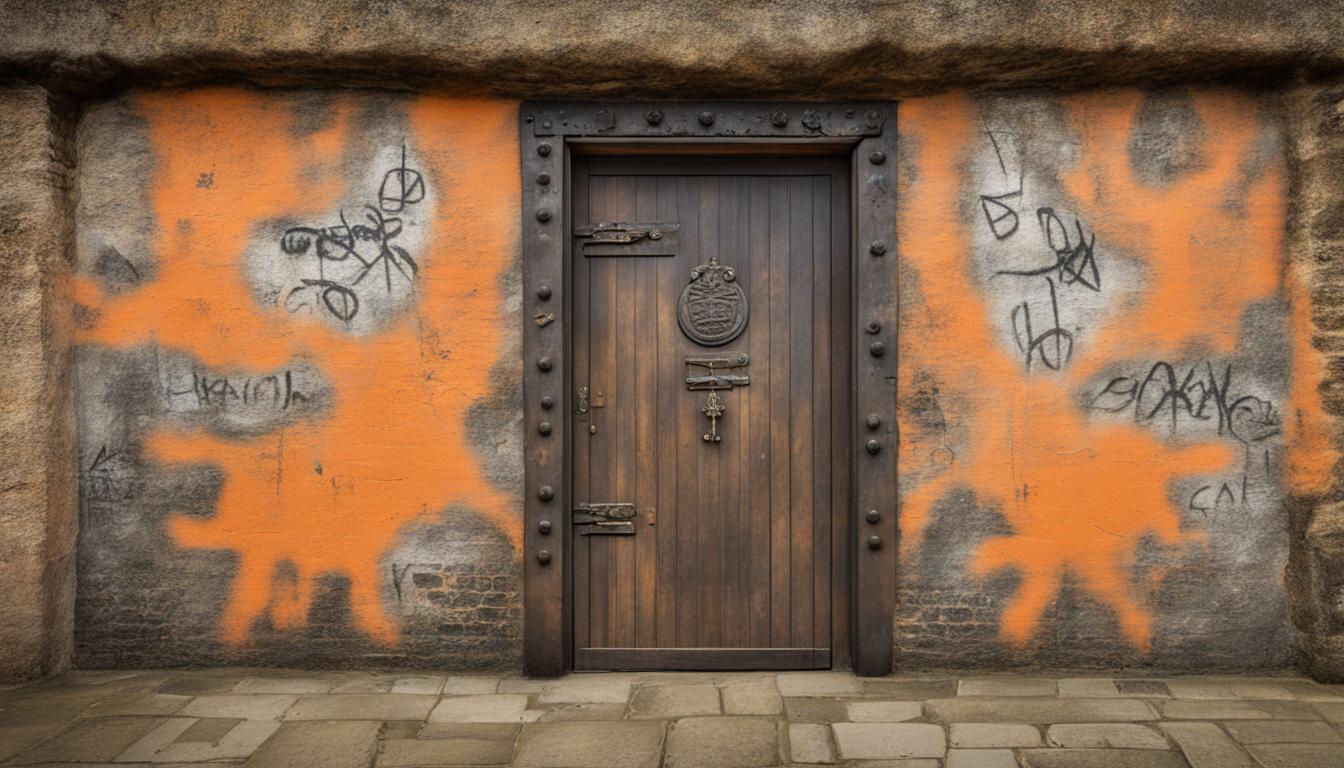Experts have conserved an 18th-century door featuring detailed graffiti by soldiers stationed at Dover Castle. The door, dating from the 1790s, was discovered in St John's Tower and showcases around 50 carvings, including macabre depictions of hangings and an intricate carving of a single-masted sailing ship, likely an eight-gun cutter.
The graffiti dates back to a period when soldiers were stationed to defend against the threat of invasion by Napoleon's forces from France. The door includes inscriptions from 1789, the year of the French Revolution, and 1798, during a phase of reconstruction at Dover Castle. There is also a date from 1855, linked to later alterations to St John's Tower.
Amid the carvings, there are at least nine depictions of hangings, including one figure in uniform and a bicorne hat. Another symbol, a glass or chalice topped by an elaborate cross, could represent Christian holy communion.
Following its discovery, the door was removed for preservation. Conservation efforts included carefully removing paint layers and cleaning the wood. Paul Pattison, English Heritage's senior properties historian, noted that the graffiti provides a unique insight into the soldiers' mindset during a charged historical period.
The door will be displayed at Dover Castle in July as part of the new exhibition, "Dover Castle Under Siege."
